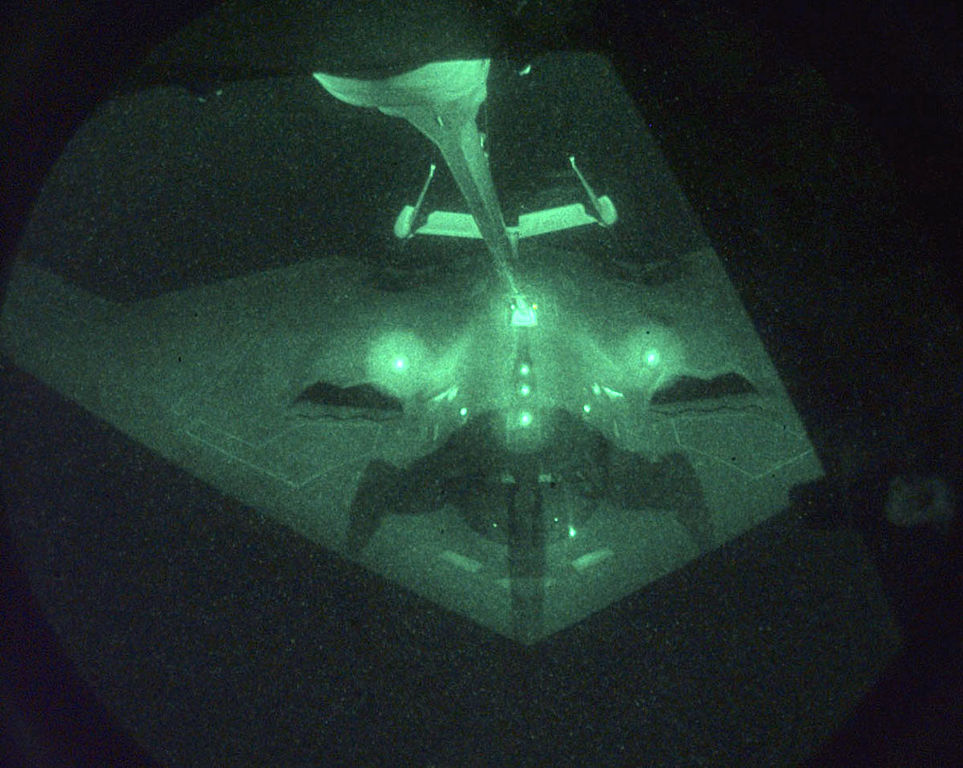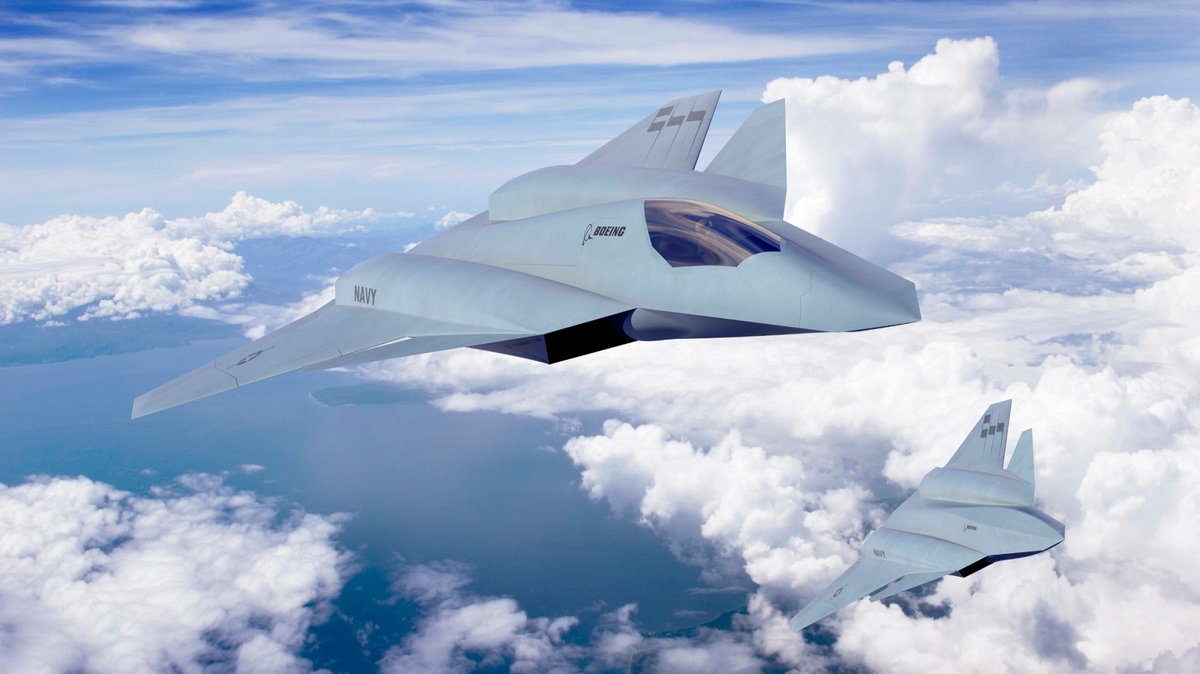The Sidewinder was primarily a passive infrared-guided missile. However, there was one that stood out from the rest in design. This was Sidewinder 1C-SAR or AIM-9C, the radar-guided brother to AIM-9D.🧵

https://twitter.com/heatloss1986/status/1759096146780156171

First, what does "Sidewinder 1C-SAR" mean? Well, it was very similar to the AIM-9D, the other Sidewinder 1C, in design, having the same warhead, same safety system, same rocket motor, and interchangeable influence fuzes. However, it used a Semi-Active-Radar GCG.






So what was the purpose of the AIM-9C? It was developed for use with the F-8D/E Crusader. The crusader had no provisions for Sparrow carriage, and the Navy wanted to give it radar weapons capability.
This would allow the F-8 to engage targets when IR could be blocked by weather.


This would allow the F-8 to engage targets when IR could be blocked by weather.


Specifically, the primary developer of the 9C, a China Lake engineer by the name of Tom Amlie, envisioned it as providing an all-aspect intercept capability for F-8s deployed on carriers that could not operate the heavier F-4 armed with the Sparrow. 

Since the 9C is so similar to 9D, I will focus primarily on explaining the 9C's guidance and control group. However, there is very little information on it available to the public, so details are somewhat limited. 

First, the size. The 9C's GCG is longer than that of the 9D, being closer in length and shape to that of 9B's GCG, with the significant exception being the large fins--even larger than that of 9D. This keeps performance roughly equal to that of 9D.




Second, the radome. This uses an aluminum oxide hemispherical dome to protect the antenna gyro assembly. This was produced by Coors, who had developed it to line beer vats. Yep, you read that right.




Here's where things get weird. The AIM-9C attempted to make a "simplified radar-guided missile," and in doing so, produced a remarkable and uncommon system, completely different from Raytheon's AIM-7. Let's start first with the antenna and stabilization system.
In most missiles, the antenna is stabilized by an external gyro system, leaving the antenna to be driven by electric motors, including in a conical scan pattern to increase angular accuracy. Skyflash, shown here, did not use con-scan but I can't find a better example. 

In 9C, the antenna itself was mounted on the gyro, and could be best described as attempting to function like the gyro system on an infrared sidewinder. From what I can tell, that metal bar on the right side of the image provides seeker angular corrections to center the target.




To accomplish conical scanning, which is generally necessary to provide error signals for antenna correction, and therefore also provide signals for proportional navigation, the center waveguide on the antenna appears to have been offset.




This creates a conical scanning pattern with the same rate as the gyro spin rate. However, due to higher seeker noise when using radar when compared to IR, the gyro had to spin three times faster than that of the AIM-9D, meaning a rate of 375Hz! 

Finally on to some radar guidance logic. Unlike the frequency-modulated continuous wave of the AIM-7 Sparrow, the AIM-9C used pulse-only radar guidance. It also didn't track on doppler shift, but on target range.
This used something called a "Range Gate".
This used something called a "Range Gate".
To explain the Range Gate, I will use visual aids in the form of an "A-Scope" display, which consists of range on the x-axis and signal strength on the y-axis. 

A range gate is an electrical signal tracker that works on amplitude. It allows the radar to only process signals received within a certain time frame. It remains centered on the target by splitting the gated return in two and keeping the values of the early and late gates equal.




On an A-Scope, the display looks like the image on the right. On a range versus azimuth display, the range gate is displayed as a line strobe.
This allows the AIM-9C's seeker to filter out, in a very simple manner, erroneous returns!


This allows the AIM-9C's seeker to filter out, in a very simple manner, erroneous returns!


Now, I think you can understand how this works.
Unfortunately, I'm drawing up blanks on how the timing of the closing and opening of the range gate circuit was done. On the AIM-7, there were antennae on the side of the missile to track the transmitted signal. The AIM-9C has none.
Unfortunately, I'm drawing up blanks on how the timing of the closing and opening of the range gate circuit was done. On the AIM-7, there were antennae on the side of the missile to track the transmitted signal. The AIM-9C has none.

Though the method is very different when compared to the IR AIM-9, the core components of the angle tracking loop are the same. Error signals produce a corrective signal for the gyro and also provide guidance inputs for the proportional navigation system!




There's one other mode that needs to be explored, and that is Home on Jam. This is an ECCM mode that allows the missile to track a jamming target in angle-track only. In this mode, the range gate appears to be disabled.
This mode on the 9C would lead to the AGM-122 Sidearm.
This mode on the 9C would lead to the AGM-122 Sidearm.

I think I've exhausted the description and capabilities of 9C to the best of my knowledge. Considering this is a bit of a side story, we'll be back to regularly scheduled IR-Sidewinder programming in a few days here or so.
• • •
Missing some Tweet in this thread? You can try to
force a refresh




















